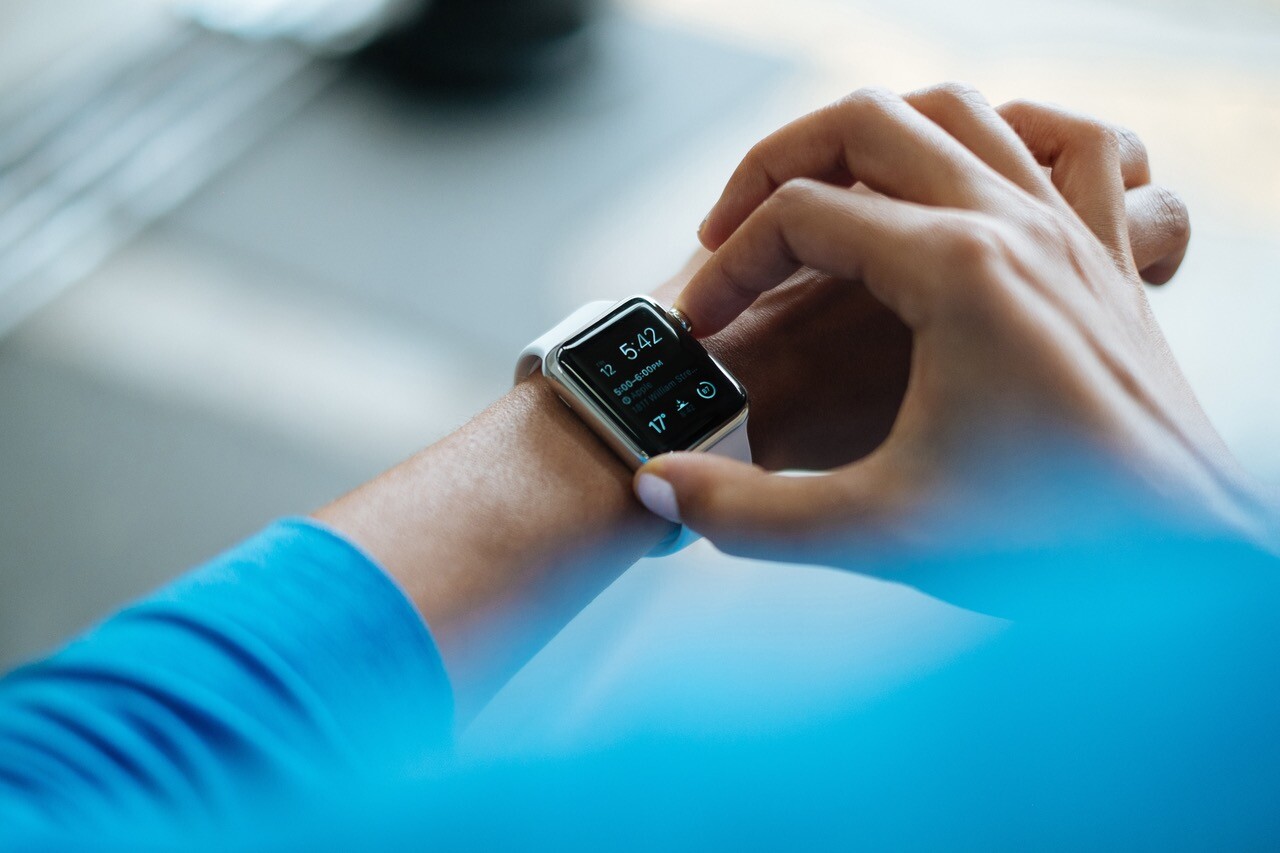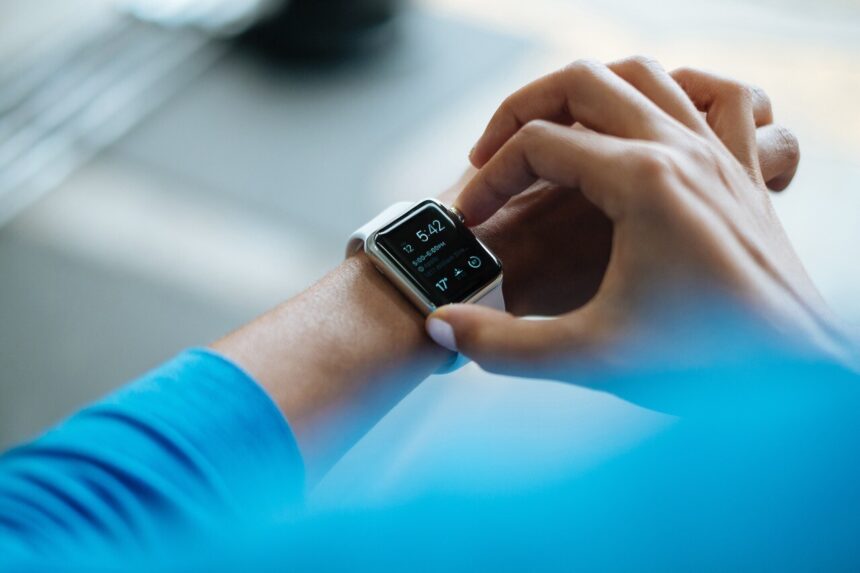
A middle-aged man calls out to his wife “Are you ready yet, Anne? The wedding starts in 30 minutes, and the road to the church is closed for construction. The detour will take longer”.
His wife responds, “Just a moment Frank, just checking my blood sugar levels.” He hears a toilet flush, and she says, “All finished!”
Anne glances at her smartphone, pleased that her levels are normal. A sensor analyzed her blood glucose level in her urine, and captured it in an app on her device.
Though this technology is a few years from being mainstream, it’s science, not science fiction. There are wearables and biometrics devices gathering data from just about every part of our body, so why shouldn’t it gather data from our fluids such as blood, saliva or urine?
Fingerprints, Fitness Bands and Voice Recognition
Since every person on the planet has their own unique fingerprints, it’s challenging to estimate the size a database would be if it stored all the fingerprints of everyone who has ever lived, let alone every person who has ever committed a crime and was arrested. Fingerprints have been gathered for identification and since the 14th century in China.
Or consider the amount of data being gathered by fitness bands like the FitBit, Apple Watch, Garmin Forerunner or the Samsung Gear Fit. Fitness bands may be the first Internet of Things biometrics device that entered your radar, though biometry has been around since the 1800’s, when people’s physical attributes were recorded for medical reasons. Data including height, weight, eye color and even head size was an early form of logging physical health information.
Voice recognition is used for navigating phone menus, taking dictation, and most recently there are virtual personal assistants like Siri, Cortana, Alexa, and Google Now. Using them feels like they are providing a convenience by ordering pizza or arranging an Uber driver. But will all these inputs be suddenly represented in online banner ads you see on your favorite news website?
When Your Bio Data is Added to Big Data
Tracking activity like your heart rate, sleep habits and the number of steps you take in a day is useful for those who resolve to adopt healthier behaviors. It can be helpful to your physician, especially if you or your family has a history of heart disease or other chronic illnesses. But where does all this data go, and how could it be used?
Hollywood movies like Minority Report, Blade Runner and 2001: A Space Odyssey showcase biometrics in a cautionary way, with technology like facial recognition, voice recognition, retinal scans and fingerprints. Facial recognition is used by police organizations to locate suspects in security footage in casinos, on city streets and in social media such as YouTube videos. Just like fingerprint databases, facial recognition technology can parse through millions of images in seconds, and alert police of criminal offenders, identify problem gamblers, notify hotel concierges of VIP customers checking in, or even help online daters find potential life mates (for those who are really keen on finding someone who is “their type”). The analytics required to identify facial features, scan through a vast repository of stored images, and match multiple images to identify a person for these purposes is astounding, but very real.
From Fiction to Reality and Augmented Reality
If the idea of a police officer wearing augmented reality glasses for facial recognition, license plate identification and even jury crime scene walkthroughs sounds like it’s straight out of Robocop or The Terminator, you might want to proceed carefully the next time you see a cop with dark sunglasses on.
Google Glass and SnapChat Spectacles seem like innovative consumer devices, though the R-7 SmartGlasses are provide officers and/or military personnel with a hands-free, subtle way to gather information about a crime scene, battlefield or virtual training facility to guide them through important decisions like:
Identifying criminals or suspects, and critical advice like “shoot/don’t shoot”
Night vision and thermal detection
Identify hostages and assailants
Biomonitoring of an officer’s health condition to send back to headquarters along with video
Though it’s impressive to track statistics of your heart rate, and fitness data, this technology has expanded into safeguarding officers, soldiers and the public in general. The databases and related hardware involved in storing this information are vast, and the speed of retrieving critical insights is saving lives.
Cognitive Computing and Artificial Intelligence in Healthcare
There are often multiple repositories of data to search for matches for identifiers like fingerprints, or to understand when an irregular heartbeat or blood sugar level might be cause for concern. To classify relationships between symptoms and possible diagnoses, technology like IBM Watson has been developed to sift through and use AI to form connections from unstructured data.
Watson can read 200 million pages of text in about 3 seconds. The length of time it would take for hundreds of people to do the same is mind-boggling. Since the amount of healthcare data is being measured in exabytes and soon it will be zettabytes, it’s easy to see how Watson could be an invaluable medical assistant to a doctor or nurse. Further, there are already telepresence robots assisting healthcare professionals in remote locations. Augmented reality glasses will undoubtedly assist surgeons soon as well.
Do you strap on your fitness tracker to go for a run, or participate in an invigorating game of hockey or soccer? The device itself is impressive, but consider the information which is flowing from it, being stored among millions of other records about fitness enthusiasts. The value of that data to you personally is to monitor your personal well-being, but it is only the beginning. The applications of biometrics are often introduced in works of science fiction, yet many of them are in practice. It’s great to see your fitness level improve, but the technology may someday save your life.






